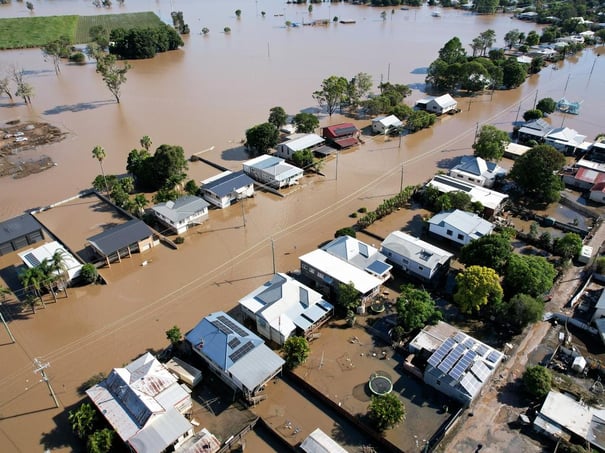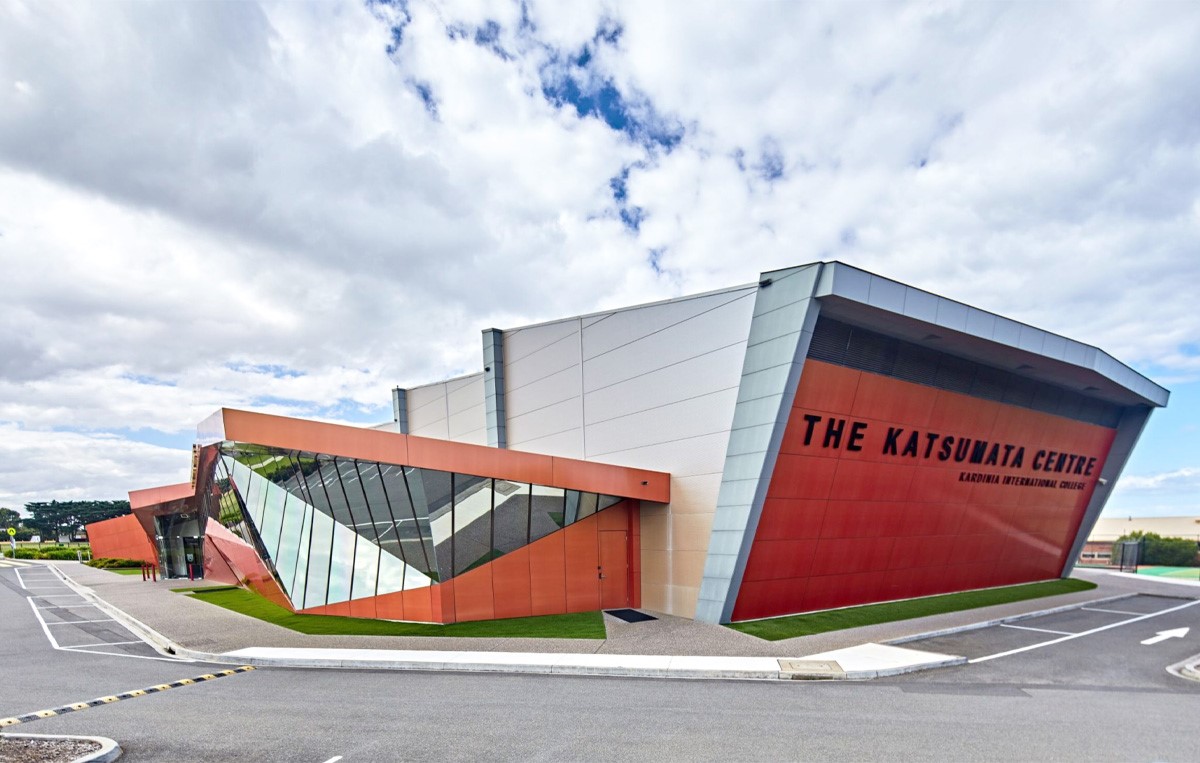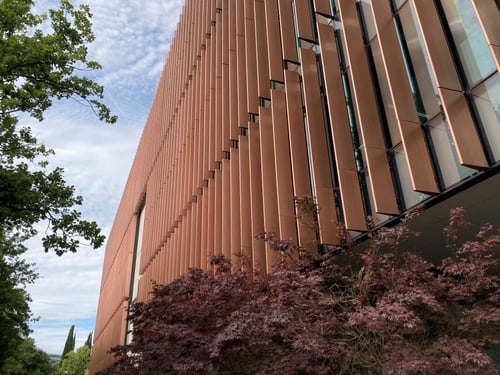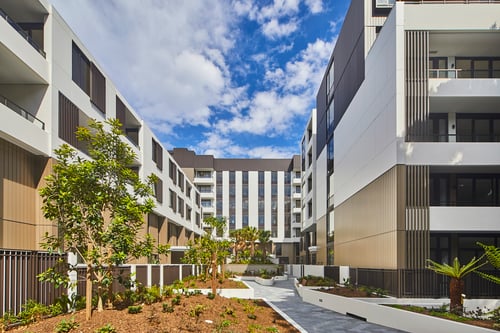Why using weatherproofed cladding is imperative for Australia’s future dealing with the effects of flooding and climate change.
Australians are yet to see the final aftermath of the wild weather and flooding in Queensland and NSW this month, yet experts from the Australian Financial Review are already estimating the damage bill to top 2 billion, making this year’s floods one of Australia’s most expensive natural disasters in history.
Just under a year ago, NSW experienced its worst flooding in more than five decades, and this year the torrential rain and widespread floods have returned at unprecedented levels. According to the Climate Council, these types of extreme weather events are set to become more – not less – intense, as most Australian cities are highly vulnerable to increased coastal flooding. With most of our cities, towns, and critical infrastructure located along coastlines, we need to focus on the future protection of property and infrastructure to minimise damage from these rising weather events.
Over the next 12 years, reducing carbon emissions is a critical focus to slow down global warming. Building construction is one of the major contributors to global warming, and architects can make an enormous impact. In the shorter term, architects can start with the selection of carbon-smart materials and products that are compliant, durable, sustainable, and weatherproofed.

An aerial drone view of houses inundated by floodwater on March 7, 2022, in Woodburn, Australia. (Getty/Kyodo)
Weatherproofing is Future Proofing
Although waterproofing equates to a small 1% of a building’s costs, water defects and the resulting damage can account for 80% of all building defects. Previously, 85% of multi-owned buildings built since 2000 had defects, and 40% of these were from a result of poor waterproofing practices equating to $1.4 billion in water damage. Furthermore, Professional Indemnity insurance does not cover non-compliant cladding – this includes improper waterproofing.
The impact from this month’s natural disaster will likely have a huge domino effect on architects and builders alike as they consider ‘flood risk’ alongside fire safety, insurance, and compliance risks for current and future building projects. Future projects must carefully consider how to avoid building defects, property damage and subsequent loss of time and money.
When it comes to façade cladding, there are many choices to consider from solid-aluminium, bonded aluminium, stone, and wood to terracotta, brick, glass and more. With increased focus on weatherproofed cladding, bonded laminates – also known as bonded aluminium panels can provide a robust solution, while also ticking the fire safety, design intent, insurance, and compliance boxes.
Façade Design and Compliance
Leaking buildings are non-compliant, extremely common, and very expensive. This impact is far worse with flooding events. If a project or building’s insurance includes a non-compliant cladding exclusion, a leaky façade will not be covered. It is imperative that all people involved in façade design understand the relevant building code requirements, design, and testing considerations and how to address concerns with build quality.
The National Construction Code (NCC) includes waterproofing requirements for all new Australian construction. Performance Requirement FP1.4 provides that a roof and external wall, including openings around windows and doors, must prevent the penetration of water that could cause unhealthy or dangerous conditions, or loss of amenity for occupants, and undue dampness or deterioration of building elements.
Façade designs need to be appropriate for the use, climatic conditions, and required performance life of the building. For best performance, designers, and specifiers, should consider the “rainscreen” system in façade design. This approach doesn’t prevent the use of sealant as a primary waterproofing layer but utilises a two-layer redundant system that increases reliability.
The rainscreen system is comprised of an outer leaf that sheds most of the rainwater an inner leaf that performs multiple functions including as a final moisture barrier, and an air and vapour barrier. This system is combined with good drainage and drying to further protect against water ingress and mitigate the impact of site workmanship defects and sealant failures.
Companies like Fairview, have been specialising in the innovation, design and manufacture of façade cladding and industrial paint systems for more than 30-years. Sustainability, safety, durability, and circular economy are some of Fairview’s core innovation drivers. In 2016, they launched Vitracore G2, the first and only non-combustible cladding in Australia at the time, as the industry looked for a compliant, non-combustible solution.
The Katsumata Centre, Kardinia International College, Victoria is a good example of how clever design coupled with weatherproofed façade cladding can mitigate potential water damage. Features Vitracore G2 bonded aluminium panel in colours Chromatic Tiger Orange.
Vitracore G2 is a bonded aluminium facade panel with multiple benefits, including being weatherproofed to BCA Clause FP1.4, and a façade cladding system that can help to mitigate damage caused from floods.
Vitracore G2 is a product that has been built for the future, and its tests demonstrate industry-leading performance – Fairview cladding products are tested for high performance, energy efficiency and minimal maintenance in the Australian Standards AS4284 Test. Vitracore G2 has been tested on two substrates to AS4284 with great results, offering the pinnacle of industry compliance and resilience across weatherproofing, fire safety and corrosion resistance.
If you’d like to see a sample, and explore Vitracore G2 product and specification information for your next project, you can request them here.
Fairview have also recently released a new eBook on the truth about bonded aluminium panels, where they discuss fire safety, along with all the benefits of Vitracore G2 Download it here.




